Santa Barbara Happenings a Century Ago
Notable Local Events from 1924
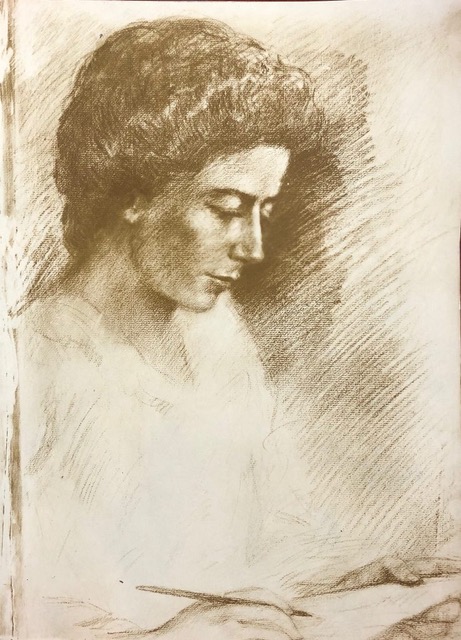
Much was happening in Santa Barbara a century ago in 1924, one year before a massive earthquake shook our city. Many people tend to believe it was only post-earthquake that Santa Barbara took its now-familiar shape, but there was a lot happening that affected the look and feel of the city before then. Here are some notable local events from 1924.
The death of Margaret Baylor, social worker and founder of the Recreation Center: Margaret Baylor, the much-beloved social worker who started working in Santa Barbara in 1910, was just 44 years old at the time of her passing in 1924. Her funeral was a city-wide event, attended by mourners from all walks of life from the many lives she touched with her good work. As the Morning Press reported, “The love and kindness she dispensed during her long, active career is reflected a thousand-fold in the expressions of praise that are heard on all sides.”
Founding of the East Beach Association: Alarmed by the prospect of out-of-town real estate developers who intended to establish a commercial district along East Beach, a well-heeled group of Santa Barbara and Montecito residents moved into action. With Dwight Murphy serving as president and Pearl Chase serving as secretary, the group established a trust “to secure everything they could buy for City Park purposes — from the Bird Refuge to State Street.” The waterfront was held by the organization, and saved from development, until the City of Santa Barbara was financially able to purchase the land some years later.
Creation of the Major Traffic Street Plan and Boulevard and Park System: The Plans and Planting Committee and the Santa Barbara Chamber of Commerce teamed to hire civic planner Charles Cheney and noted landscape architects the Olmsted Brothers. Together they worked to develop a document that was accepted by the planning commission and the park commissioners, but not by the City Council.
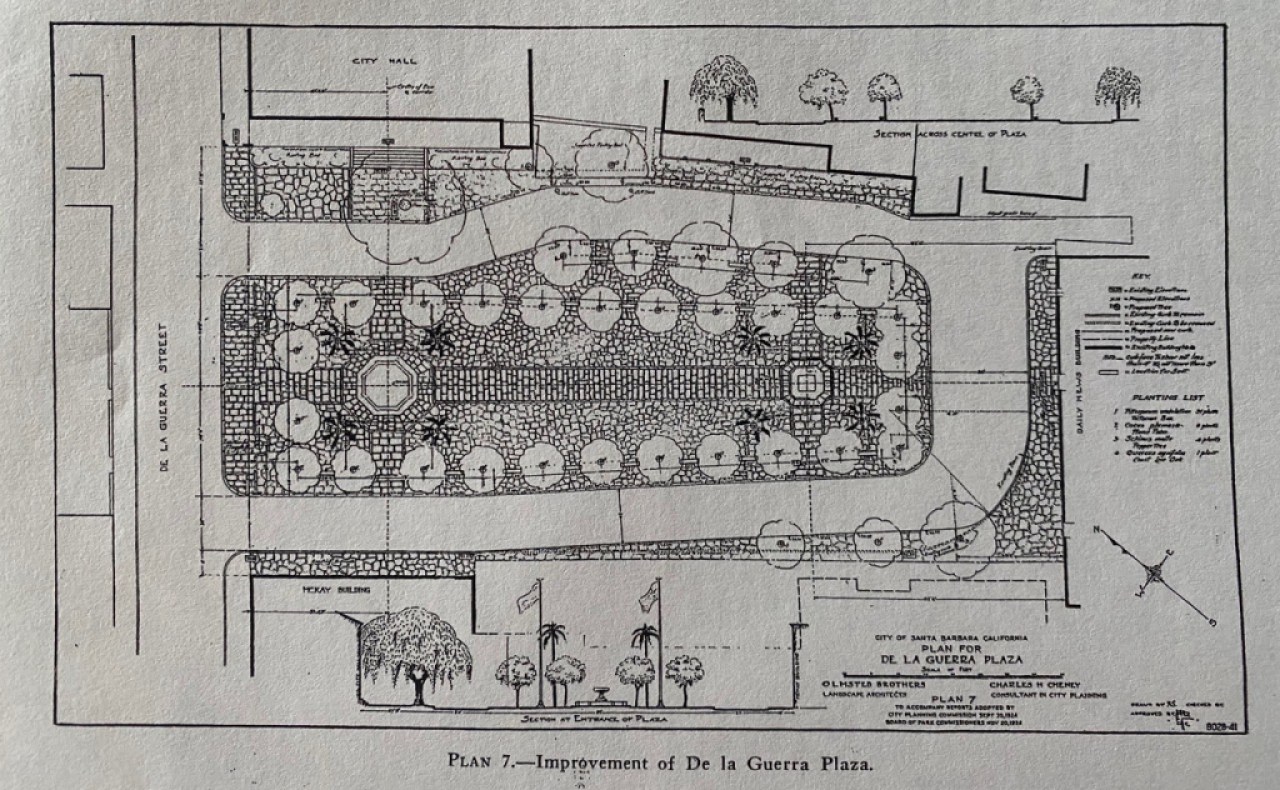
Opening of the Lobero Theatre: Commissioned by the Community Arts Association and redesigned in Spanish Colonial style by George Washington Smith and Lutah Maria Riggs, the beautifully restored facility was a state-of-the art performance venue. Its first performance, in August 1924, was The Beggar on Horseback, with the opening night coinciding with Old Spanish Days.
Beginning of Old Spanish Days Fiesta: Under the light of the full moon, the colorful homage to Santa Barbara’s history was an instant success. Fiesta celebrates, romanticizes, and mythologizes its heritage in an unabashed attempt to lure summertime tourists. It was hardly the first time the city had attempted an event of its kind, but it was the most successful and long-lasting, as it continues to this day.
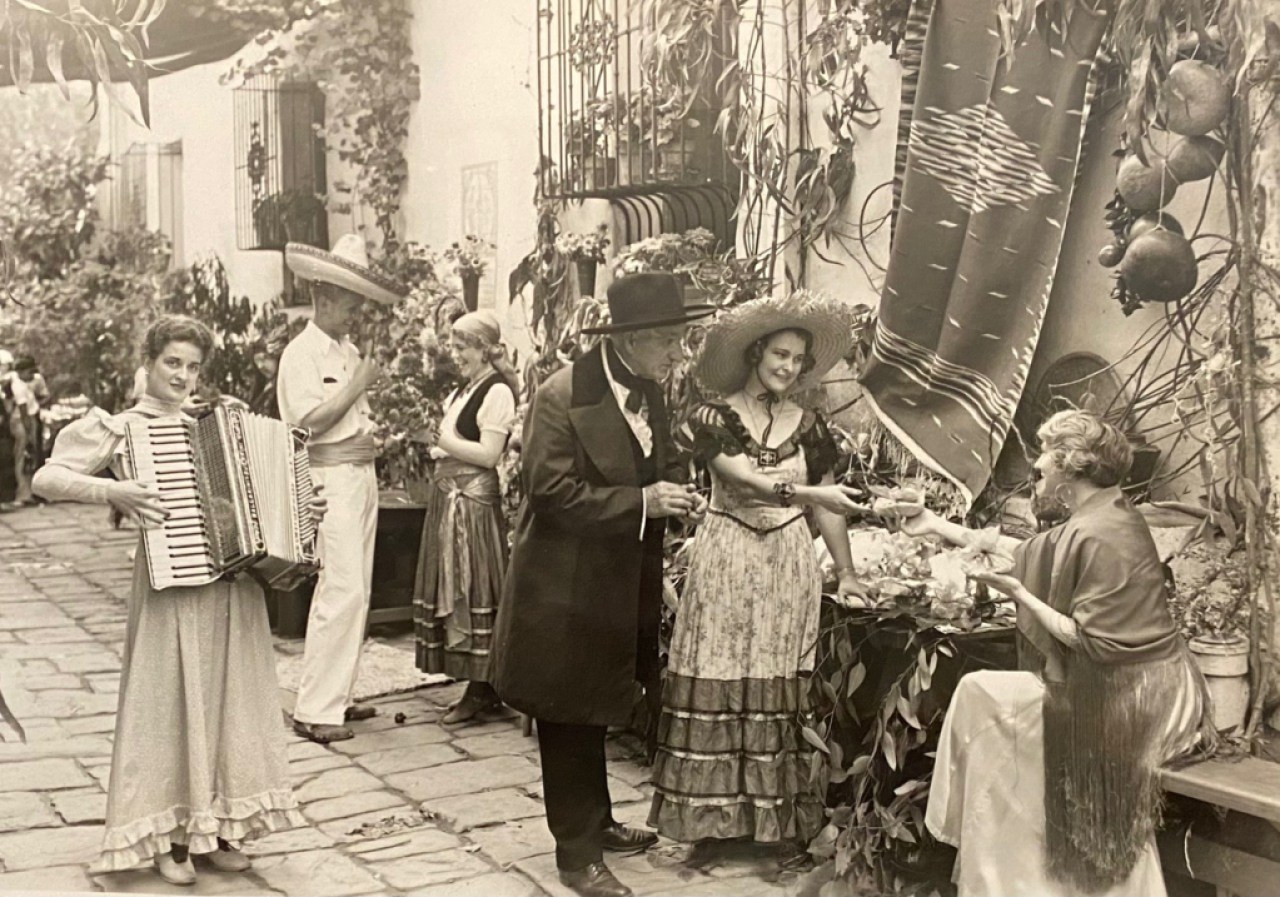
Fiesta Flower Market | Credit: Courtesy UCSB Special Collections
Completion of Santa Barbara High School and Peabody Stadium: The Class of 1924, although its members did not attend classes at the new campus situated on Anapamu Street, was allowed to graduate on the site. Frederick Forrest Peabody, who was the chair of the Board of Education, donated $100,000 to build the new football stadium, it was dedicated on Thanksgiving Day and named for him. The 1924 baseball team was described as “one of the fastest baseball clubs ever had in the SBHS.”
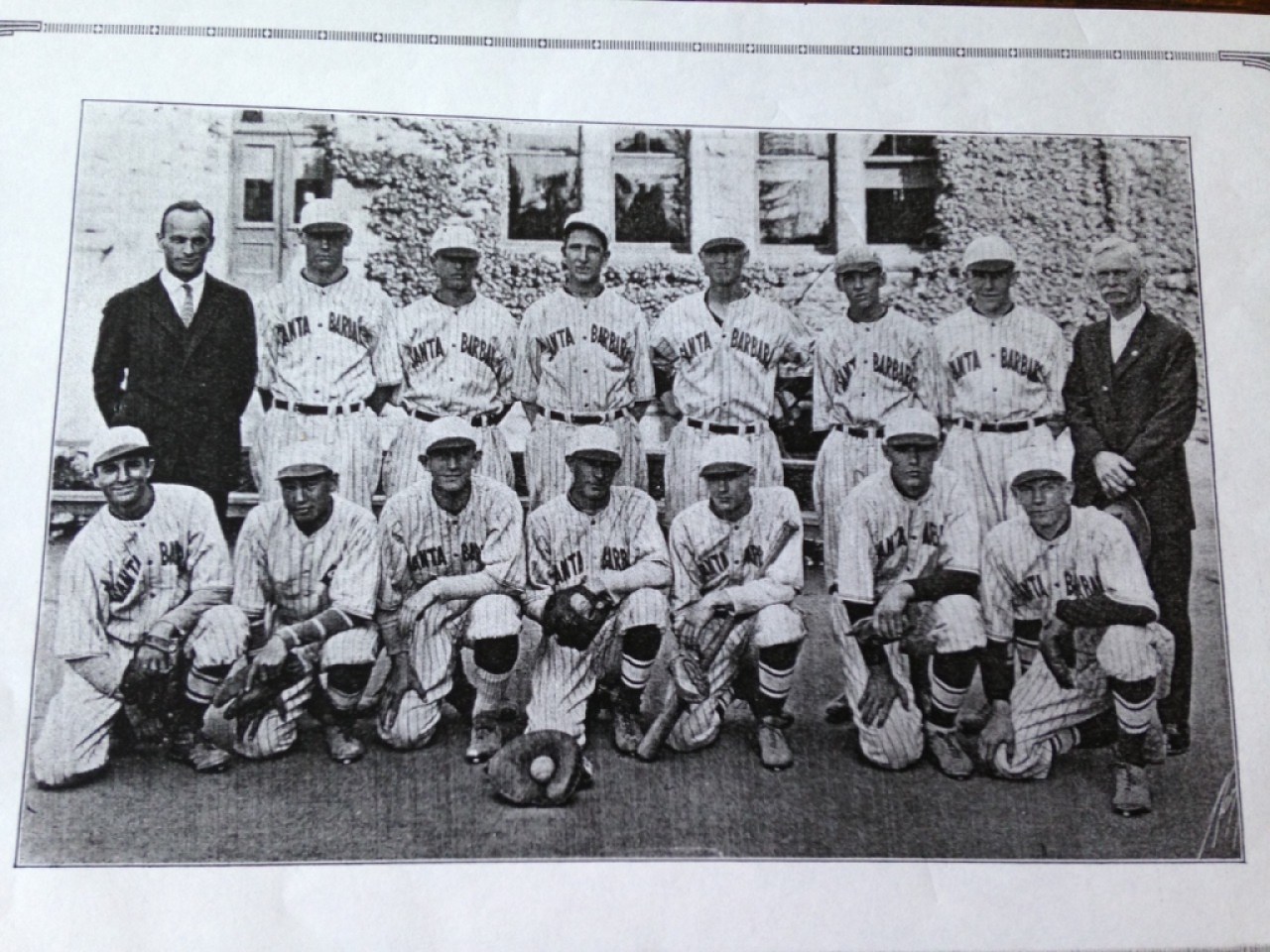
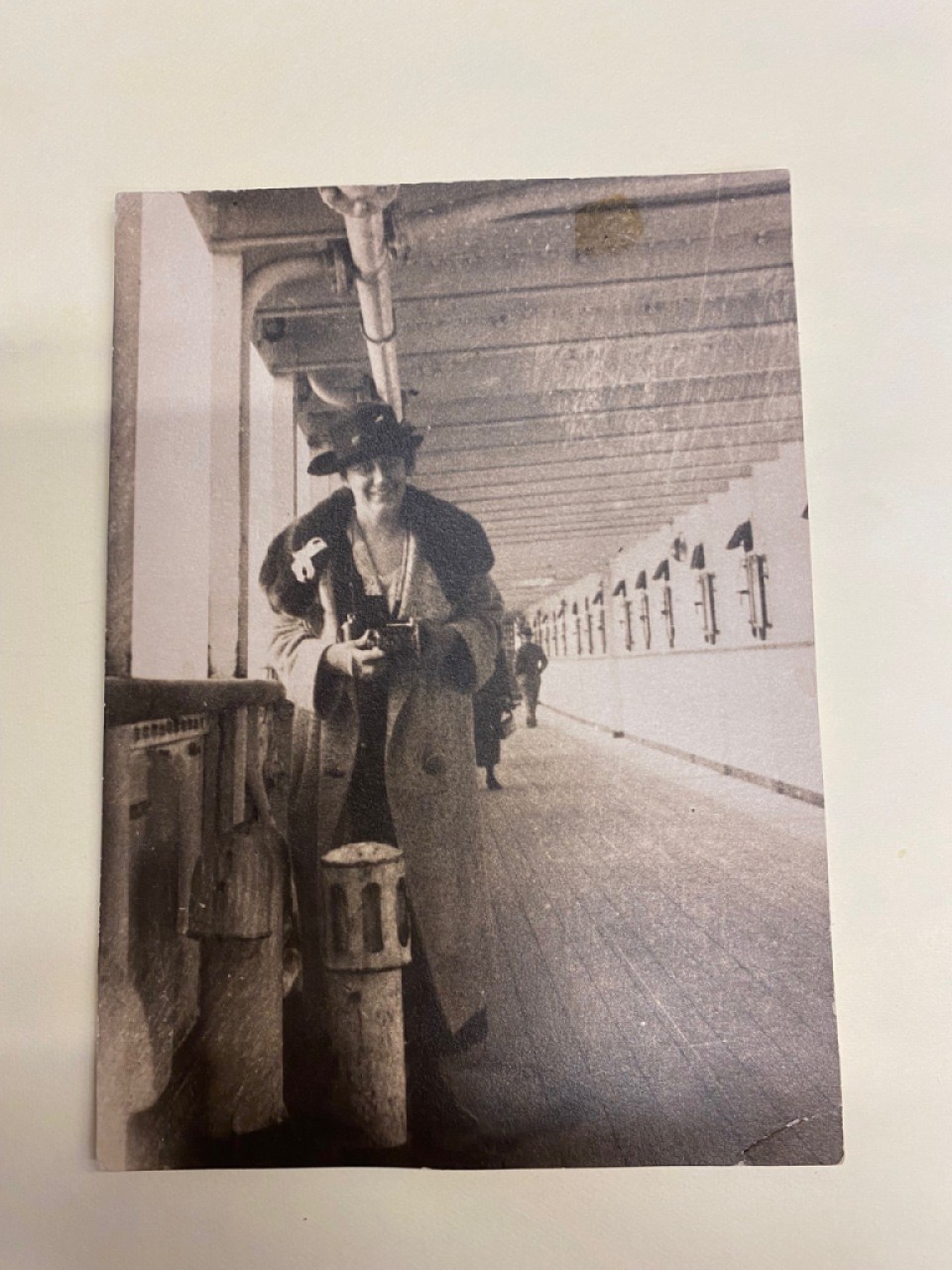
Pearl Chase traveled to Europe with her friend Alice Bentz Cooper: The two women traveled through several countries and even took a flight across the English Channel. Pearl was struck by the number of former soldiers she saw on the streets following World War I. As she wrote to her father, “The Navy League has created little wooden platforms about 4′ X 5′ at important corners where wounded soldiers or sailors sell papers. You see a lot of men with one or both amputated legs.” In her diary of the trip, Alice described Pearl as “a natural historian.” She added, “Pearl has a remarkable pigeonhole memory — anything she wants she puts her finger on at once.” And they got along well. “My but she’s a nice girl — I am fortunate indeed.” She continued, “There is no lack of happy conversation between us. We generally laugh ourselves to sleep.” After their return, Alice wrote, “Didn’t we have a lovely time, Pearl? It’s like a dream. I feel as if I’d come from the clouds.”
Hope Ranch News: As reported in the Morning Press in April 1924: “A right-of-way through the Hope Ranch, connecting the Cliff Drive with Modoc Road, one of the most beautiful drives in Southern California, has been offered to the county by Harold S. Chase, president of Santa Barbara Estates, Incorporated, which expects to close its option on 825 acres of Hope Ranch within 60 days. In preparation for the opening of this road, Supervisor Sam Stanwood, a stockholder in the Estates Company, has completed a macadam pavement on Cliff Drive from the end of the paving on the Mesa to the Hope Ranch gates, which have been toll gates for 20 years.”
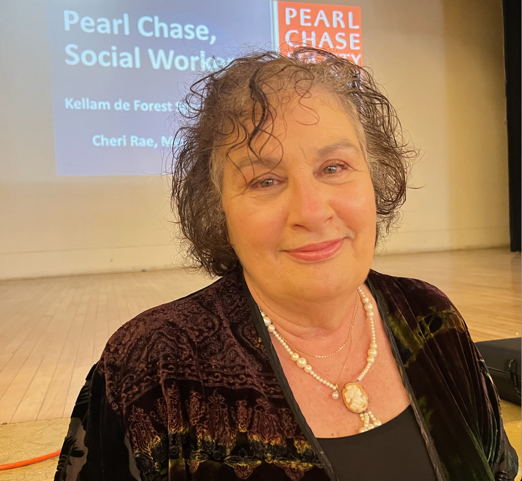
Cheri Rae is a longtime neighborhood advocate and the author of A String of Pearls: Pearl Chase of Santa Barbara. She is a boardmember of the Pearl Chase Society and the longtime editor of the society’s newsletter The Capital, where this article first appeared. Email Cheri at pcs@pearchasesociety.org or visit pearlchasesociety.org.
Premier Events
Sun, Apr 28
6:00 PM
Santa Barbara
AHA! Presents: Sing It Out!
Thu, May 02
5:00 PM
Santa Barbara
Things with Wings at Art & Soul
Sat, May 04
10:00 AM
Lompoc
RocketTown Comic Con 2024
Sun, Apr 28
11:00 AM
Santa Barbara
Santa Barbara Earth Day Festival 2024
Wed, May 01
7:30 PM
Santa Barbara
American Theatre Guild Presents “Come From Away”
Thu, May 02
5:00 PM
Santa Barbara
100th Birthday Tribute for James Galanos
Thu, May 02
5:00 PM
Santa Barbara
Meet the Creator of The Caregiver Oracle Deck
Fri, May 03
4:00 PM
Santa Barbara
Santa Barbara Fair+Expo “Double Thrill Double Fun”
Fri, May 03
8:00 PM
Santa barbara
Performance by Marca MP
Sat, May 04
10:00 AM
Solvang
Touch A Truck
Sat, May 04
11:00 AM
Santa Barbara
Mental Wellness Center’s 28th Annual Arts Faire
Sat, May 04
11:00 AM
Santa Barbara
Community History Day
Sat, May 04
3:00 PM
Solvang
The SYV Chorale Presents Disney Magic Concert
Sun, Apr 28 6:00 PM
Santa Barbara
AHA! Presents: Sing It Out!
Thu, May 02 5:00 PM
Santa Barbara
Things with Wings at Art & Soul
Sat, May 04 10:00 AM
Lompoc
RocketTown Comic Con 2024
Sun, Apr 28 11:00 AM
Santa Barbara
Santa Barbara Earth Day Festival 2024
Wed, May 01 7:30 PM
Santa Barbara
American Theatre Guild Presents “Come From Away”
Thu, May 02 5:00 PM
Santa Barbara
100th Birthday Tribute for James Galanos
Thu, May 02 5:00 PM
Santa Barbara
Meet the Creator of The Caregiver Oracle Deck
Fri, May 03 4:00 PM
Santa Barbara
Santa Barbara Fair+Expo “Double Thrill Double Fun”
Fri, May 03 8:00 PM
Santa barbara
Performance by Marca MP
Sat, May 04 10:00 AM
Solvang
Touch A Truck
Sat, May 04 11:00 AM
Santa Barbara
Mental Wellness Center’s 28th Annual Arts Faire
Sat, May 04 11:00 AM
Santa Barbara
Community History Day
Sat, May 04 3:00 PM
Solvang

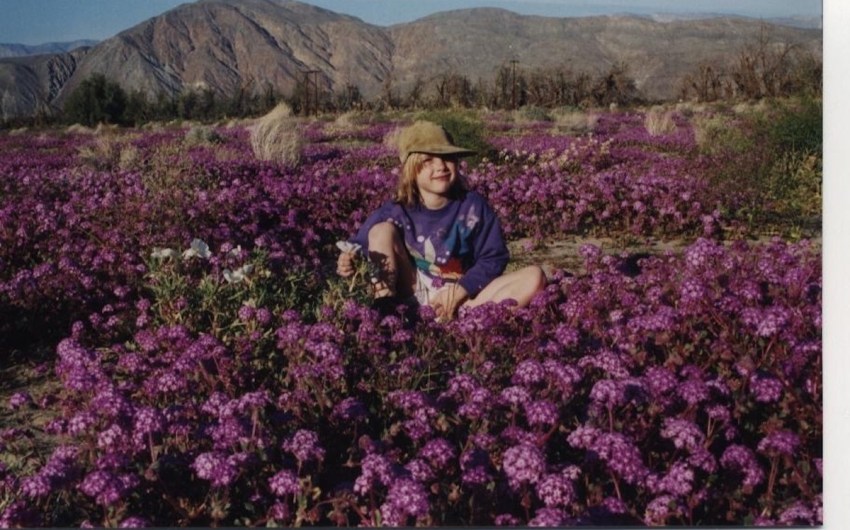
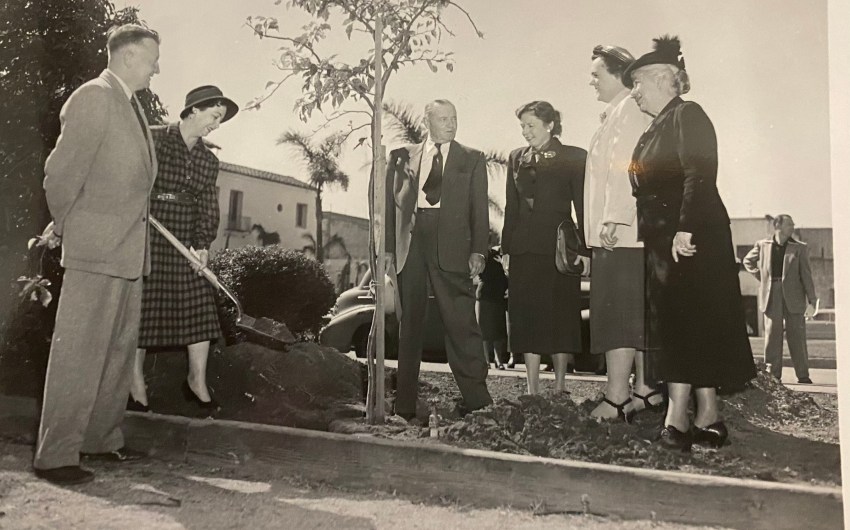





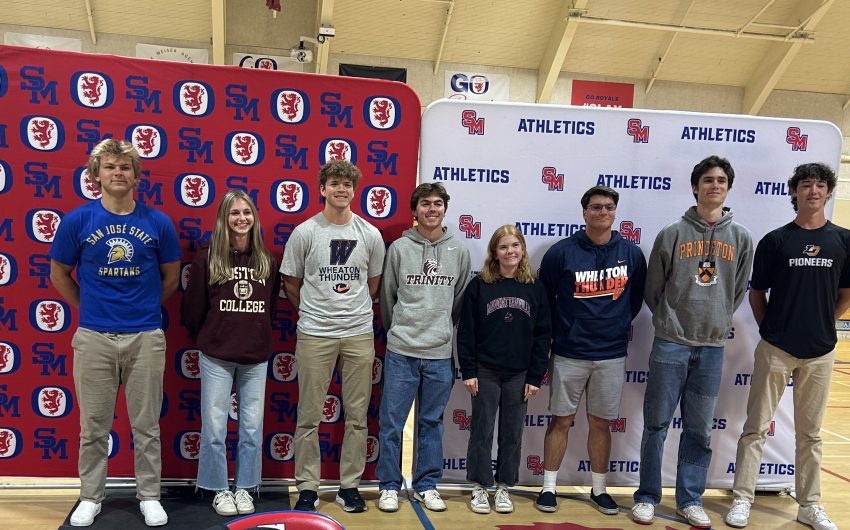
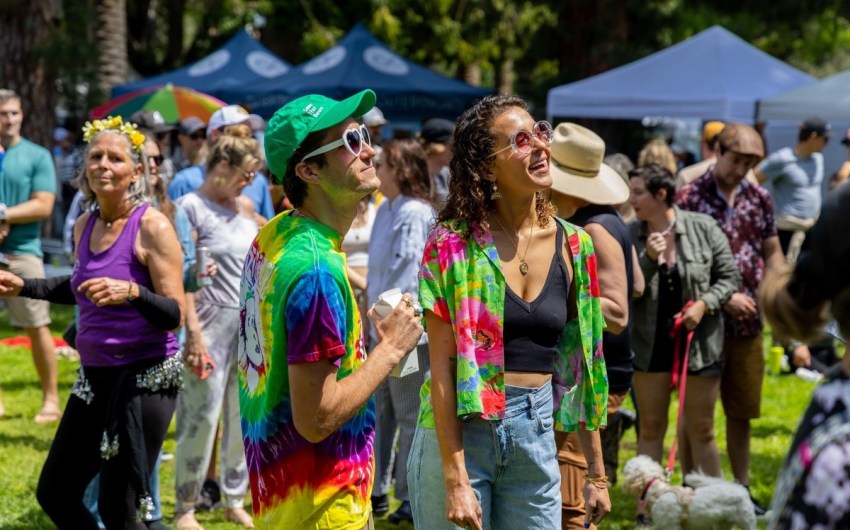

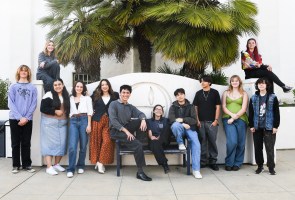


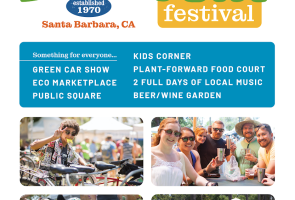






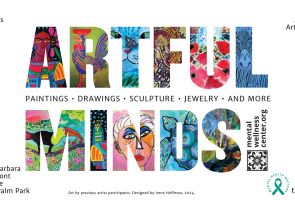
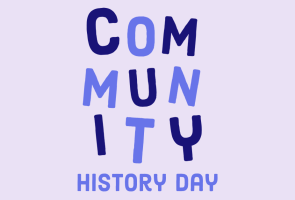
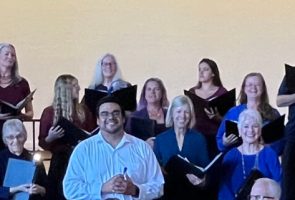
You must be logged in to post a comment.